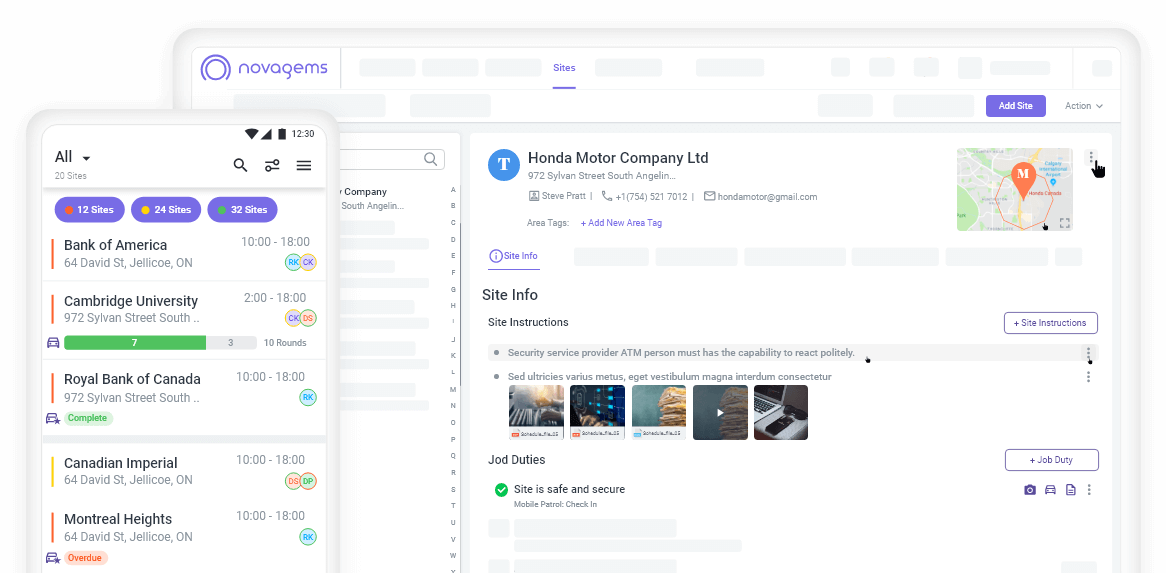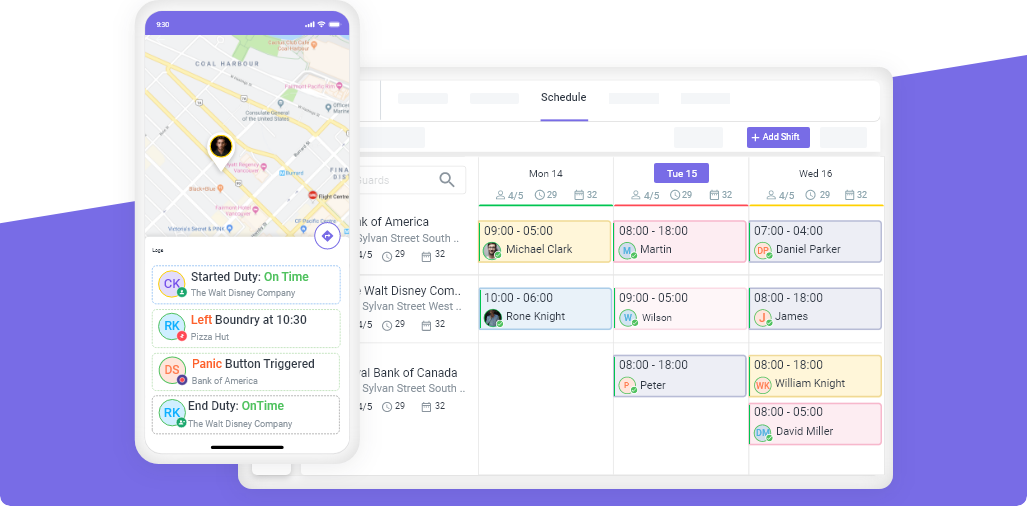7 ways to increase employee retention in healthcare
Published on: Mon, May 5, 2025
Read in 6 minutes

Employee retention in healthcare is more important than ever. A rising turnover rate not only increases recruiting and training costs but also strains remaining staff and hurts patient care. By understanding why people leave and applying proven healthcare employee retention strategies, you can build a reliable, motivated team. This guide explains common exit drivers and offers seven practical strategies—complete with action steps and reminders of key terms like “employee training programs”. To reduce your turnover and keep your best staff on board.
Common Reasons Healthcare Employees Leave
Understanding exit drivers is the first step in any successful plan for staff retention in healthcare:
• Burnout and Stress: Heavy patient loads, long shifts, and emotional demands lead to exhaustion. Staff who never feel rested often search for less stressful roles.
• Unclear Job Expectations: Vague role descriptions or shifting responsibilities create confusion. When goals aren’t defined, employees feel set up to fail and look for clearer opportunities.
• Limited Career : Without visible paths from entry-level to senior roles, ambitious staff leave to find employers who offer clear promotion steps.
• Inadequate Pay and Benefits: Demanding work must come with fair compensation. If salaries and benefits fall short, employees seek better offers elsewhere.
• Lack of Recognition: People thrive on positive feedback. Ignoring achievements and failing to celebrate good work undermines loyalty.
• Understaffing and Rigid Schedules: Chronic staff shortages force extra shifts. Rigid scheduling without flexibility makes it impossible for many to balance work and life.
• Poor Workplace Culture: A toxic environment, marked by poor communication or harsh management, pushes employees to find healthier workplaces.
Top 7 Strategies to Improve Employee Retention in Healthcare
Below are seven proven healthcare employee retention strategies. Each begins with a short paragraph that ties back to staff retention in healthcare, followed by clear action points.
1. Offer Competitive Salaries, Benefits, and Bonuses
Financial security is a top driver of retention in healthcare. By designing compensation packages that combine market-rate pay with targeted bonuses, you lower your staff turnover rate and show staff they matter.
• Annual Performance Bonuses: Link extra pay to measurable goals, such as patient-satisfaction scores or completed training modules.
• Retention Bonuses: Award lump sums at service milestones (for example, after six and twelve months) to reward loyalty.
• Referral Bonuses: Motivate current staff to help recruit by offering rewards when referred candidates stay past probation.
• Comprehensive Benefits: Provide health, dental, and vision plans; retirement matching; life insurance; paid parental leave; and wellness stipends.
2. Create Clear Career Growth Paths
One of the most effective healthcare employee retention strategies is to give staff a clear vision of their future. When employees know exactly how to climb the ladder, they stay motivated and committed.
• Defined Role Levels: Map out positions (e.g., Junior Nurse → RN II → Charge Nurse → Nurse Manager) so everyone sees the next step.
• Transparent Promotion Criteria: Base advancement on certifications earned, leadership tasks, and patient-care metrics, and post these criteria publicly.
• Mentorship Programs: Pair junior staff with experienced mentors who provide coaching, network introductions, and career planning advice.
• Internal Job Postings: Give current employees first access to new roles before advertising externally.
3. Promote Work–Life Balance and Reduce Burnout
High stress and constant overtime drive up the employee turnover rate in healthcare. By protecting personal time and offering mental health support, you help staff stay healthier and more focused.
• Limit Mandatory Overtime Track weekly hours closely and cap extra shifts to prevent chronic overwork.
• Enforce Regular Breaks Ensure everyone gets meal and rest periods, even during peak demand.
• Offer Mental Health Resources Provide free counseling, peer-support groups, or stress-management workshops.
• Encourage Vacation Use Remind employees to schedule paid time off and cross-train teams so absences don’t cripple operations.
4. Offer Employee Training Programs & Continuing Education
Investing in employee training programs is a cornerstone of healthcare employee retention strategies. Continuous learning keeps staff engaged, enhances skills, and signals that you care about their professional growth.
• In-House Workshops Host monthly sessions on new protocols, equipment use, or communication techniques.
• Tuition Reimbursement Cover costs for relevant courses, degrees, or certifications that align with career paths.
• Conference and Seminar Access Offer paid time off and fees to attend industry events or online webinars.
• Peer “Lunch-and-Learns” Let staff share tips and best practices with each other in casual, knowledge-sharing lunches.
5. Create a Positive Company Culture
A strong, supportive workplace culture is key to lowering your employee turnover rate. Employees who feel valued and connected are far more likely to stay, boosting overall morale and performance.
• Public Recognition Spotlight achievements in team huddles, newsletters, or digital display boards.
• Regular Feedback Loops Use quick pulse surveys or suggestion boxes and demonstrate action on feedback.
• Team-Building Events Organize potlucks, volunteer days, or social outings that foster relationships outside of clinical duties.
• Leadership Modeling Ensure managers exemplify empathy, fairness, and open communication at all times.
6. Maintain Adequate Staffing and Flexible Scheduling
Understaffing and inflexible schedules are leading causes of burnout. Proactive planning, combined with flexible shift options, helps balance workloads and reduce turnover.
• Data-Driven Forecasting Track patient volumes and seasonal trends to predict staffing needs in advance.
• Float or Temp Staffing Pool Keep a roster of trained on-call personnel ready to fill sudden gaps.
• Streamlined Hiring Simplify interviews, credential checks, and orientation so new hires start contributing quickly.
• Self-Scheduling Tools Use apps or online portals that let employees view, pick, and swap shifts on their own.
7. Offer Flexible Working Schedules
One of the most in-demand healthcare employee retention strategies today is flexibility. When employees can shape their schedules, they achieve better work–life balance and feel more in control.
• Self-Scheduling Platforms Implement systems that allow staff to choose and trade shifts easily.
• Part-Time and Job-Sharing Options Let employees reduce hours or share roles to fit personal needs.
• Flexible Start/End Windows Offer staggered shift start and end times within set ranges.
• Remote or Hybrid Roles For non-clinical duties, allow administrative staff to work from home part time.
Conclusion
Implement these healthcare employee retention strategies—focusing on fair pay, clear career paths, work–life balance, healthcare staff training programs, a positive culture, proper staffing, and real flexibility—to lower your turnover rate and strengthen your team. When employees feel valued and supported every day, they stay longer, patient care improves, and your organization thrives.
Get a Free Trial
Sign up For Newsletter
Latest Blog Posts
Get Started
Start being productive & grow your business
with Novagems





